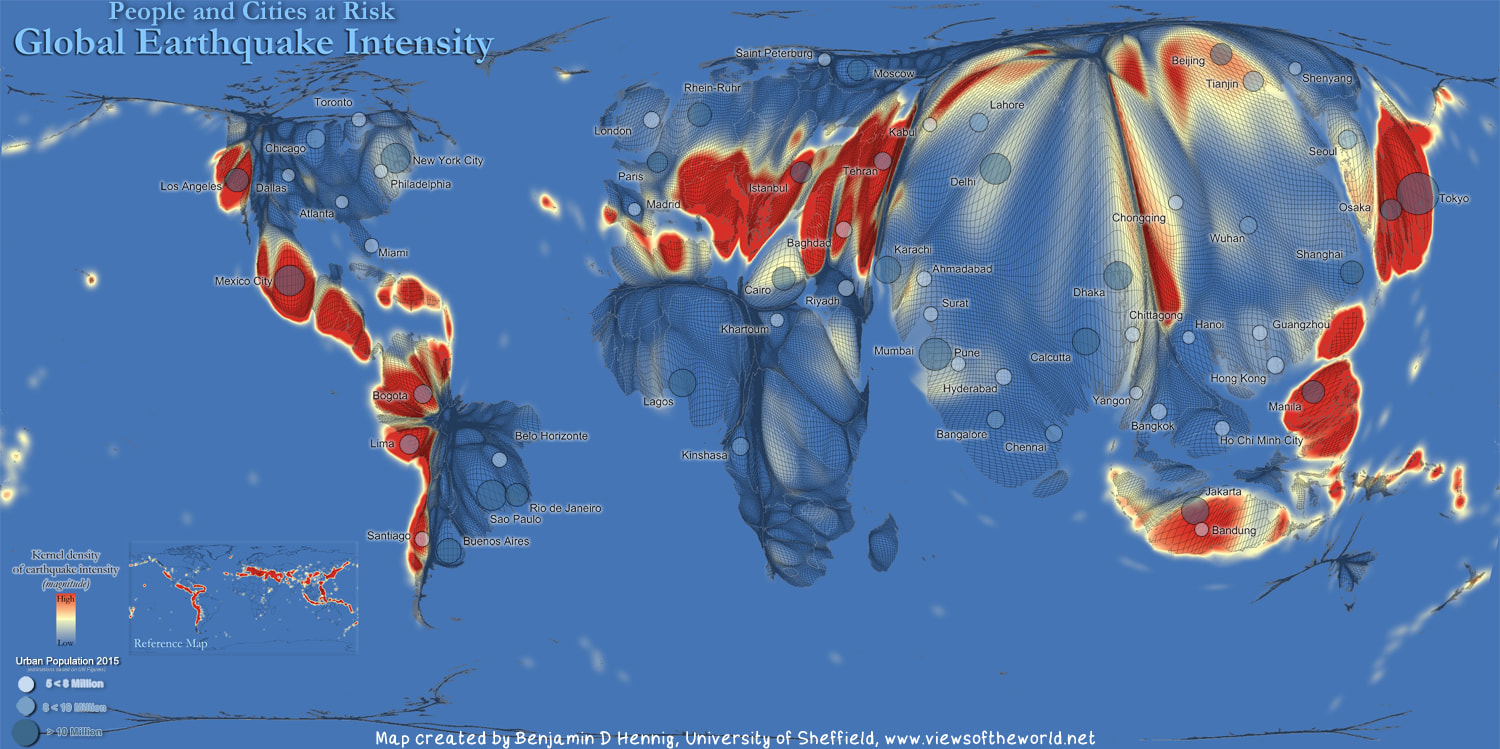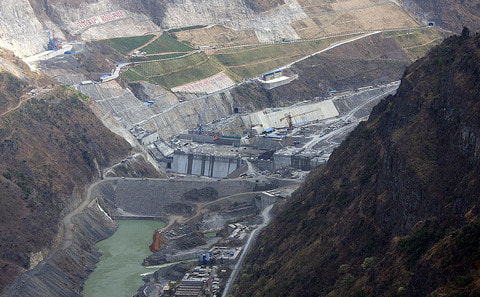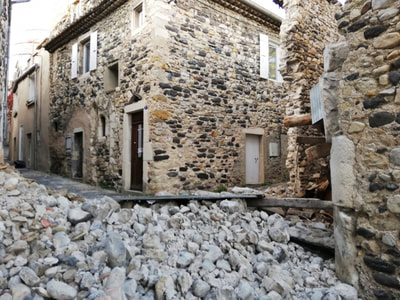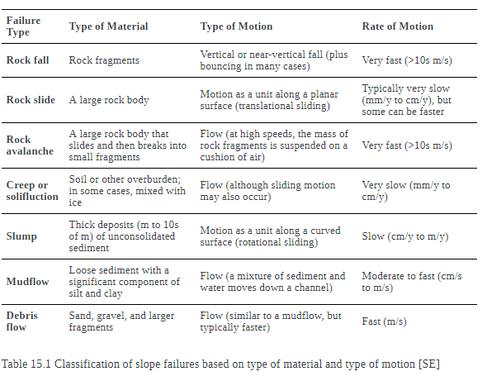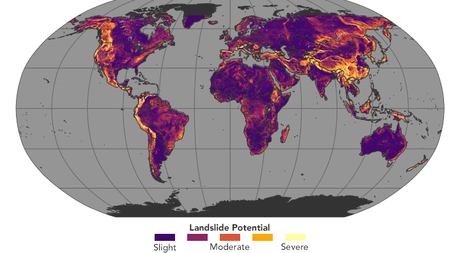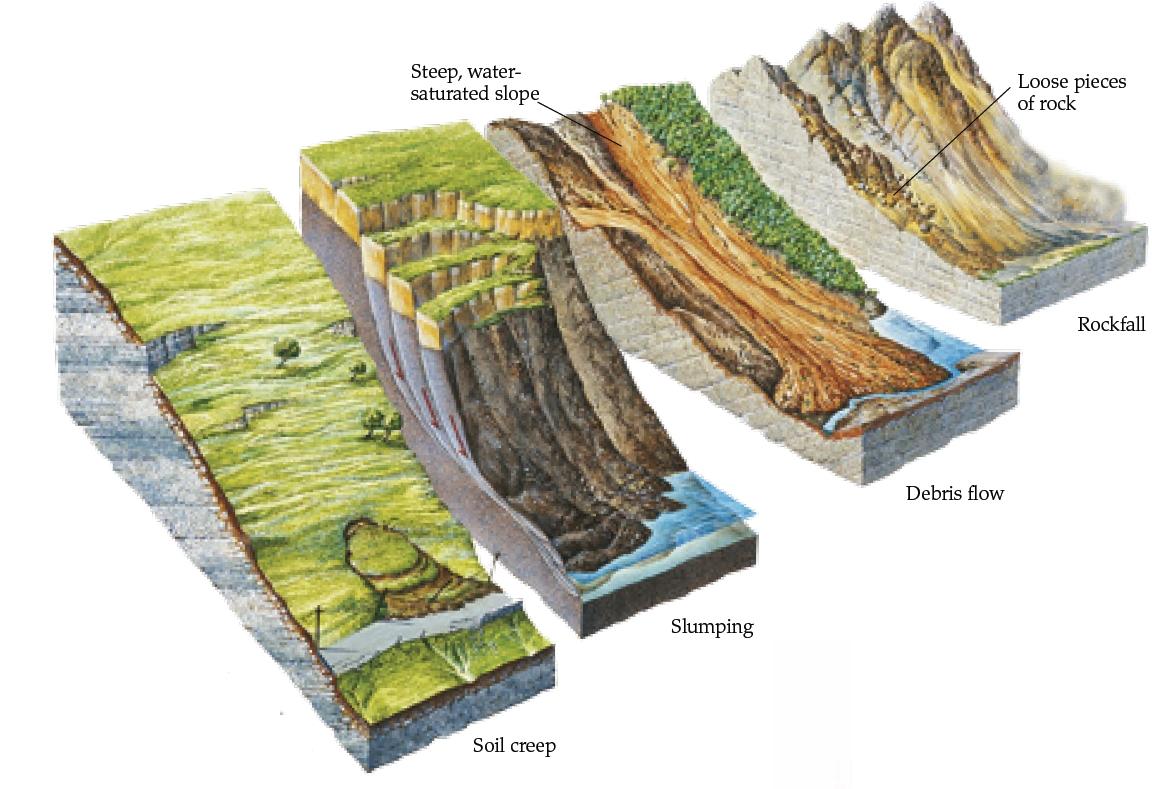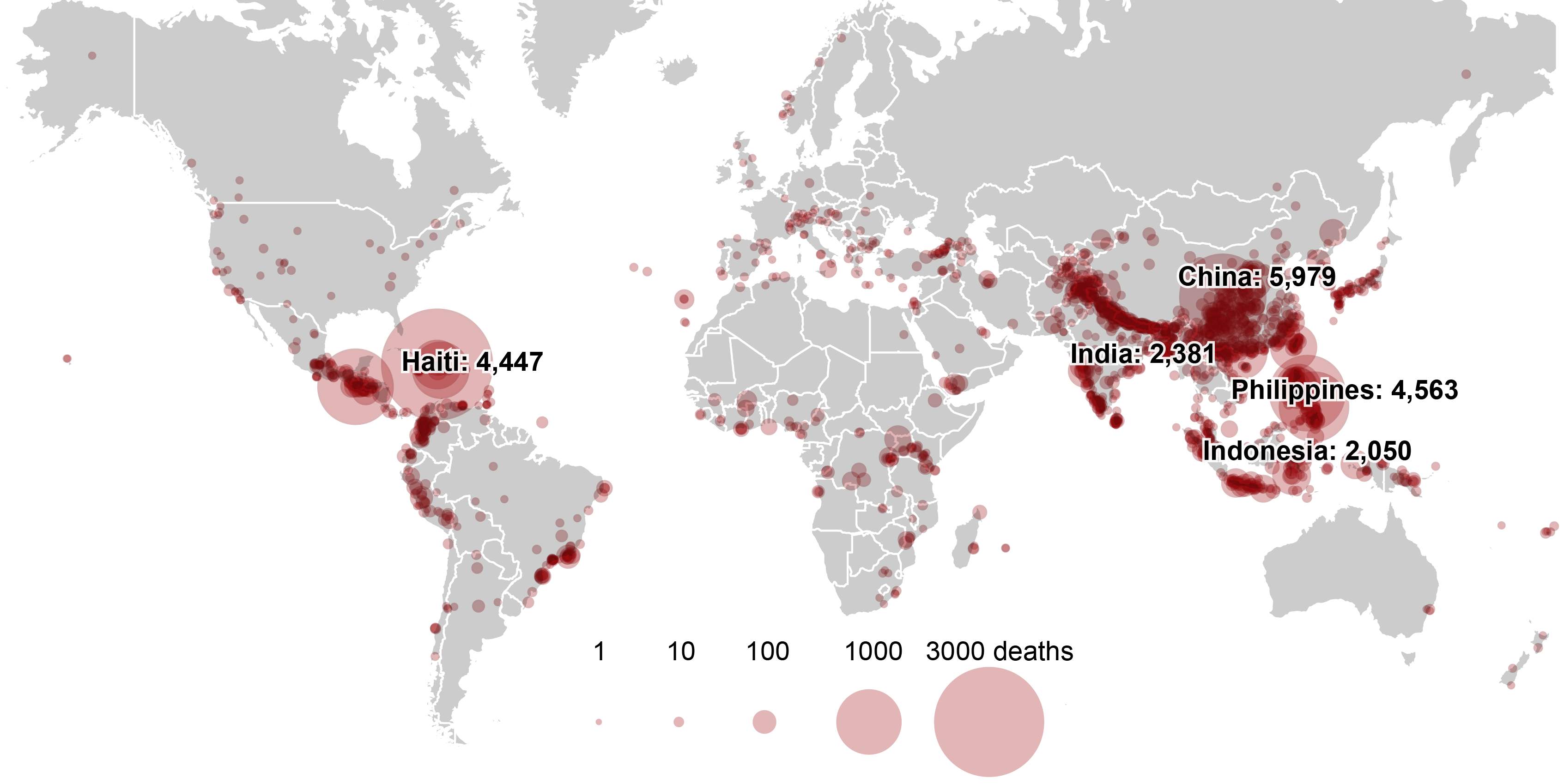What you'll need to know...
KEY CONCEPT - How geological processes give rise to geophysical events of differing type and magnitude
Mechanisms of plate movement including internal heating, convection currents, plumes, subduction and rifting at plate margins
Characteristics of volcanoes (shield, composite and cinder) formed by varying types of volcanic eruption; and associated secondary hazards (pyroclastic flows, lahars, landslides)
Characteristics of earthquakes (depth of focus, epicentre and wave types) caused by varying types of plate margin movement and human triggers (dam building, resource extraction); and associated secondary hazards (tsunami, landslides, liquefaction)
Classification of mass movement types according to cause (physical and human), liquidity, speed of onset, duration, extent and frequency
KEY CONCEPT - How geological processes give rise to geophysical events of differing type and magnitude
Mechanisms of plate movement including internal heating, convection currents, plumes, subduction and rifting at plate margins
Characteristics of volcanoes (shield, composite and cinder) formed by varying types of volcanic eruption; and associated secondary hazards (pyroclastic flows, lahars, landslides)
Characteristics of earthquakes (depth of focus, epicentre and wave types) caused by varying types of plate margin movement and human triggers (dam building, resource extraction); and associated secondary hazards (tsunami, landslides, liquefaction)
Classification of mass movement types according to cause (physical and human), liquidity, speed of onset, duration, extent and frequency
Mechanisms of Plate Movement...
In this section, we will take a brief look at plate tectonic theory, structure of the earth as well as subduction and rifting. These are the key processes that shape our planet and are important before we continue with our study of places, power and possibility later.
The godfather of plate tectonic theory is a gentleman called Alfred Wegener. Watch the first video below to find out a little more about him and then download the worksheet above and complete the seven tasks set out.
|
|
|
|
Characteristics of Volcanoes...
|
You will be completing an independent study task to discover more information about the three major types of volcanoes. This will be followed up with a brief examination of the associated primary and secondary effects.
Task 1 - Watch the first 1:23 of the video to the right (listening out for shield, composite & cinder cone volcanoes) and make notes on the first side of a printed out copy of the worksheet above. This site will also help you to complete the first side. Task 2 - Volcanic Hazards - For more information to help you fill in side 2 of your worksheet: Volcanic Landslides- Link Lahars - Link Pyroclastic Flows - Link & excellent science link here |
|
|
|
|
|
Characteristics of Earthquakes...
Starter: Study the image above carefully. It is an excellent example how how you should be able to synthesise information from differing areas of the IB DP Geography course. The data within links this current topic to Option G (Urban) and the Population unit from Perspectives.
Now watch the video with Iain Stewart above to get an overview of what this topic will be about.
Using a copy of the worksheet for this section above, complete all tasks as set out. Additional resources required for this section can be found below.
Task 2 - Focus Depth - Weblink here
Task 3 - P & S Waves - Weblink here
Love and Rayleigh Waves - Weblink here (scroll down to half way down the page)
Human Triggers of Earthquakes...
Extensive human modification of natural systems and mass extraction of resources has meant that we have been able to attribute increased earthquake activity with human trigger events. This short piece of work will give you the opportunity to investigate both dam building and the process of the extraction of rock (quarry) as focus material. Complete your note taking on the sheet embedded above by using the resources below.
Secondary Earthquake Hazards...
During this brief section, we will look at the ever dangerous secondary hazards associated with earthquakes. You live in a time of significant tectonic activity and have been alive during two tsunami events as well at witnessing some of the most violent earthquakes recorded in human history. We will be looking at tsunami's, landslides and liquefaction.
Task 1 - Using the information above and the worksheet (A3 size) below, create three revision diagrams with annotations to show the processes behind these secondary hazards.
Classification of mass movement types...
In this last section of the introduction to geophysical hazards, we need to classify mass movement types according to cause (physical and human), liquidity, speed of onset, duration, extent and frequency. The main types of mass movement can be seen below, first in the video wall and then in the link that follows beneath.
Task: Use the following information to complete the classifications of mass movement worksheet below.
Task: Use the following information to complete the classifications of mass movement worksheet below.
Video Wall
Rockfalls Mudflows Creep Slumping
|
|
|
|
|
Image Wall
|
Key Website
|
Worksheet
|
Check your knowledge: Spend a few minutes playing this game against the clock. Can you get onto the leader board?

